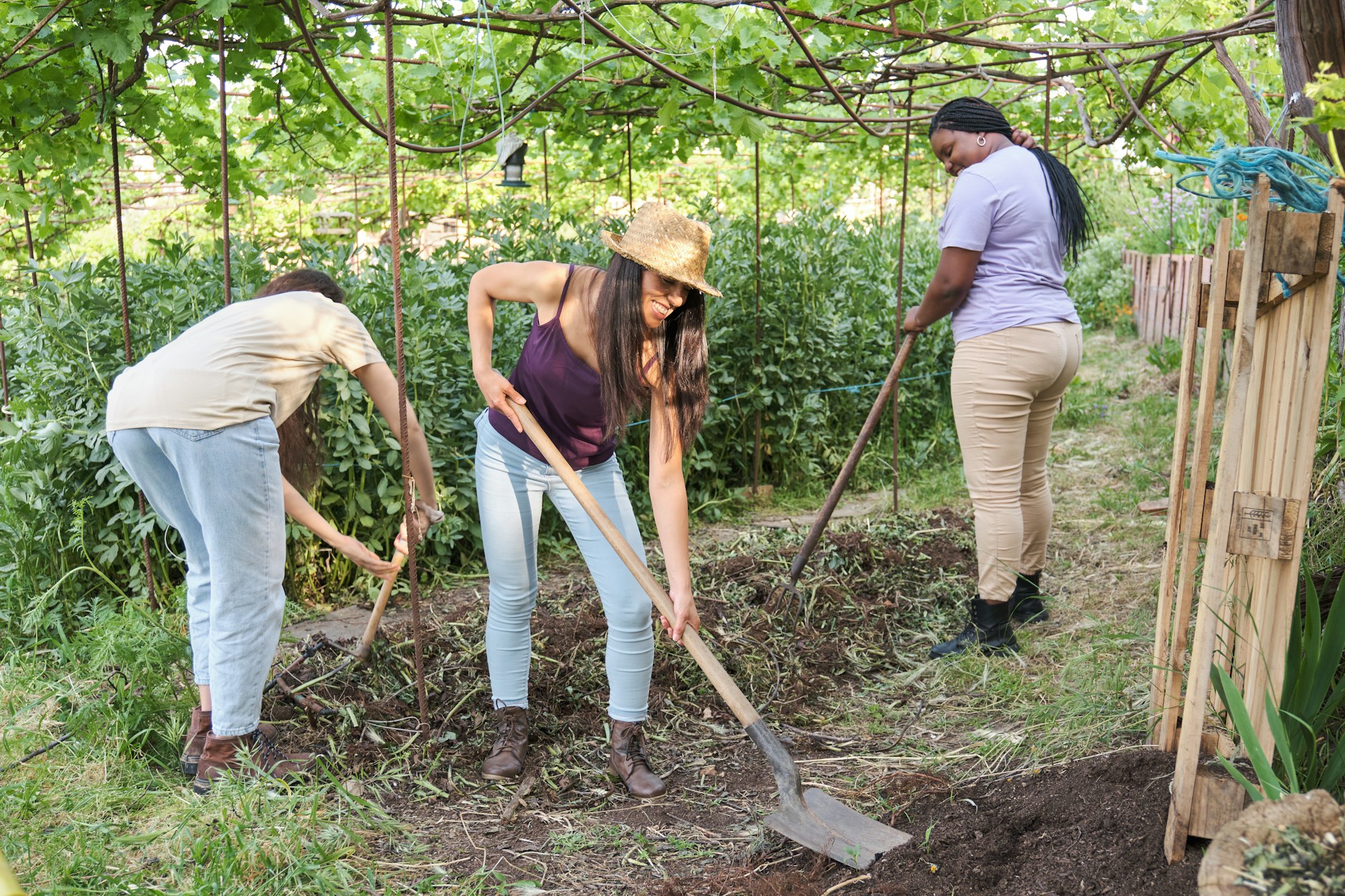How Can You Design a Compact Urban Garden to Grow a Variety of Vegetables in Pots?

Urban living has its perks, but a lush, sprawling garden isn’t usually one of them. However, just because your space is limited, it doesn’t mean your green thumb has to be too. Container gardening is a fantastic solution, enabling you to grow a variety of plants, including vegetables, in small spaces. All you need are containers, soil, water, and some creativity. In this piece, we’ll guide you on how to design a compact urban garden.
Understanding Container Gardening
Before delving into garden design, let’s first understand what container gardening is and its benefits. Container gardening is the practice of growing plants in containers instead of planting them directly in the ground. This approach is perfect for urban dwellers who don’t have access to traditional garden spaces.
Have you seen this : What’s the Best Way to Design an Accessible Kitchen for Wheelchair Users?
The beauty of container gardening is its versatility. You’re not limited by the range of plants you can grow. From leafy greens to vibrant flowers, you can cultivate a diverse array of plants right on your balcony or windowsill. Veering towards growing your own vegetables? That’s achievable too. Many vegetables will thrive in containers as well as they would in a standard garden bed.
Choosing the Right Containers
When it comes to picking containers, options abound. Traditional pots, window boxes, hanging baskets, even upcycled items like old buckets, can serve as your miniature garden bed.
This might interest you : Room Acoustics 101: Optimizing Sound Quality in Your Home
The size of the container will dictate what vegetables you can grow. Small pots that are 6 inches in diameter are perfect for herbs like basil, cilantro, and parsley. Larger containers, with a diameter of 12 inches or more, can accommodate vegetables like tomatoes, peppers, and cucumbers.
It’s vital that your chosen container has drainage holes. Excess water must be able to escape, otherwise, your plants’ roots may rot due to waterlogging. If your chosen container doesn’t have built-in drainage, you can easily drill holes in the bottom yourself.
Selecting the Right Soil and Vegetables
Not all soil is created equal, especially when it comes to container gardening. You can’t use soil from the ground as it can become compacted and waterlogged in a container. Instead, opt for a high-quality potting mix that is light, well-draining, and rich in organic matter.
When it comes to selecting vegetables, the world is your oyster. But remember, not all vegetables are suited to container gardening. Opt for compact, bushy, or dwarf varieties. Some vegetables that do well in containers include tomatoes, peppers, eggplants, cucumbers, radishes, lettuce, and many herbs.
Caring for Your Container Garden
Container plants need regular watering and feeding. They have less soil to hold onto moisture and nutrients, so you’ll need to provide them. Water your plants until the water runs out of the drain hole. How much and how often to water will depend on the size of your plant and container, the type of soil, and the weather.
For nutrients, add a slow-release fertilizer to your potting mix at the beginning of the growing season. You can also use a liquid fertilizer every few weeks.
Remember, plants in containers can quickly become root-bound. Monitor them closely and repot them into larger containers if you notice their growth is stunted or the roots are growing out of the drain holes.
Designing Your Urban Garden
Finally, let’s talk design. Consider the sunlight needs of your chosen plants when deciding where to place your containers. Most vegetables need six to eight hours of sunlight per day. If you don’t have a single spot that gets that much sun, you can move your containers around to catch the rays.
Consider vertical spaces. Use hanging baskets, shelves, or stacks of containers. Use different sizes, shapes, and colors of containers to add interest. Group your pots together to create a lush, garden feel.
In short, your urban garden design should reflect your personal style and meet the needs of your plants. With the right approach, you can turn a small space into an oasis of greenery, filled with fresh, homegrown vegetables.
Exploring the Advantages of Vertical Gardening
To truly maximize your urban garden’s potential, consider the art and science of vertical gardening. Essentially, vertical gardening is the practice of growing plants upwards rather than sprawled out across the ground. This form of gardening can be particularly beneficial in an urban setting where horizontal space is often at a premium.
When it comes to vertical gardening, you can utilize hanging baskets, trellises, living walls, or even repurposed items like pallets or ladders. This nifty garden idea allows you to expand your growing area without compromising on living space. It’s a fantastic way to create a ‘green wall’ that not only looks spectacular but also provides you with fresh and easy to grow vegetables.
For example, crops like tomatoes, peppers, and cucumbers can be trained to grow upwards with the help of supports. Climbing plants such as beans, peas, and some varieties of squash are naturally suited to vertical growth. Even some root vegetables, like carrots and radishes, can be grown in hanging baskets.
Full sun is crucial for the success of most vegetables, so ensure that your vertical setup is situated in a spot that receives at least six to eight hours of sunlight daily. Furthermore, the containers in which you grow your vegetables should have sufficient drainage and be filled with a high-quality potting mix to ensure the plants’ health.
Using Raised Beds for Urban Gardens
Another excellent option for small space gardening is the use of raised beds. A raised bed, as the name suggests, is a garden bed that is elevated above the ground level. The height can vary from a few inches to several feet, depending on your needs and available space.
Raised beds offer several benefits for urban gardening. They allow for better control over the soil quality, improve drainage, prevent soil compaction, and can deter some garden pests. Moreover, they are much easier on your back as you don’t need to bend as much while tending to your plants.
While building a raised bed might require a bit more work upfront, the payoff is worth it. You can plant a variety of vegetables in a raised bed, from leafy greens like lettuce and spinach to root crops like carrots and beets to larger plants like tomatoes and peppers.
Just like with container gardening, it’s crucial to fill your raised beds with light, well-draining soil and to provide your plants with plenty of water and nutrients. Raised beds, especially those that are higher off the ground, can dry out more quickly than traditional garden beds, so regular watering is essential.
Conclusion
So there you have it! Now you’re equipped with the knowledge and tips to design a compact urban garden to grow a variety of vegetables in pots or raised beds. By taking advantage of container gardening, vertical gardening, and raised beds, you can maximize your small space and yield a bountiful harvest.
Remember, urban gardening is not just about growing vegetables. It’s about creating a green oasis in the heart of the city – a place where you can relax, enjoy nature, and indulge in the simple joy of watching your garden grow.
Bear in mind that every small garden is unique, and what works for one may not work for another. Don’t be afraid to experiment with different plants, layouts, and methods until you find what works best for you and your urban garden. With some time, patience, and creativity, you’ll soon have a thriving vegetable garden right in your own urban dwelling.
